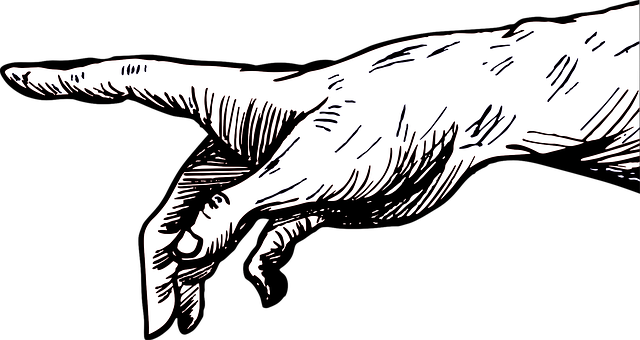Skin tags, benign growths common on children and inherited, cause minimal issue but removal advised for irritation, infection or persistent itching. Glasgow offers safe surgical excision under local anaesthesia for quick recovery with proper aftercare including cleaning, antiseptics, pain management and avoiding strenuous activity until healing. Regular follow-ups ensure successful Glasgow Skin Tag Removal.
Skin tags, those harmless yet often unsightly growths on the skin, are a common concern. If you’re considering surgical removal in Glasgow, understanding the procedure is key. This article provides an in-depth guide to Glasgow Skin Tag Removal, covering causes, the surgical approach, and recovery. We explore various procedures, from lancing to excision, helping you make informed decisions about your skin health. Learn when it’s time to remove them and what to expect post-surgery for a smooth and confident journey towards clear skin.
- Understanding Skin Tags: Causes and When to Remove Them
- The Surgical Approach: Procedures and Considerations for Glasgow Skin Tag Removal
- Recovery and Aftercare: What to Expect After Your Procedure
Understanding Skin Tags: Causes and When to Remove Them
Skin tags, also known as acrochordons, are small, soft skin growths that typically appear on the neck, armpits, and groin area but can occur anywhere on the body. They are usually harmless, non-cancerous, and often hereditary, developing during childhood or adolescence. Skin tags are generally not painful but may cause mild irritation or discomfort due to their location or when clothing rubs against them.
While many people choose to leave skin tags alone, there are instances where removal is recommended. In some cases, they can become irritated or infected, especially if they are frequently rubbed by clothing or jewelry. If a skin tag is causing discomfort, visible irritation, or persistent itching, it might be a good candidate for removal. Glasgow Skin Tag Removal procedures are typically quick, safe, and effective when performed by qualified dermatologists or healthcare professionals, ensuring patients receive the best care tailored to their needs.
The Surgical Approach: Procedures and Considerations for Glasgow Skin Tag Removal
When considering surgical removal of skin tags in Glasgow, it’s important to understand the various procedures and considerations involved. The most common approach for Glasgow Skin Tag Removal is through a simple surgical excision, where a doctor uses sterile scissors or a scalpel to cut out the tag. This method is typically quick, often taking just a few minutes per tag, and is effective in removing the skin tag completely. Local anaesthesia can be administered to numb the area, ensuring minimal discomfort during the procedure.
Post-operative care plays a crucial role in the success of Glasgow Skin Tag Removal. Patients are usually advised to keep the treated area clean and dry for the first 24 hours, applying light pressure with a sterile bandage if necessary. Any bleeding should stop quickly, but it’s essential to monitor the site for signs of infection or excessive scarring. Most people experience only mild discomfort post-surgery, easily managed with over-the-counter pain relievers. Regular follow-up visits may be recommended by your dermatologist to ensure optimal healing and address any concerns.
Recovery and Aftercare: What to Expect After Your Procedure
After your surgical skin tag removal procedure in Glasgow, it’s normal to experience some minor discomfort and redness in the treated areas. Your healthcare provider may recommend using a mild antiseptic or cleaning agent to keep the wound clean and prevent infection. It’s important to follow their aftercare instructions carefully. You might be advised to apply a light layer of antibiotic ointment and cover with a sterile bandage, changing it regularly as directed.
During the recovery period, avoid scratching or rubbing the treated areas. Strive to keep your skin dry, but gently pat it clean when washing. Over-the-counter pain relievers can help manage any discomfort. Most skin tags are removed in an outpatient setting, and you should be able to return to your normal activities within a few days, although strenuous exercise or heavy lifting might be temporarily restricted.
Skin tags, though usually harmless, can cause discomfort or self-consciousness. For those considering surgical removal in Glasgow, understanding the procedure and aftercare is key. The surgical approach offers a permanent solution, allowing you to live free from skin tags’ presence. With proper recovery and aftercare practices, you’ll soon be enjoying smoother, tag-free skin. Remember, consulting a professional is essential when deciding on Glasgow Skin Tag Removal.
